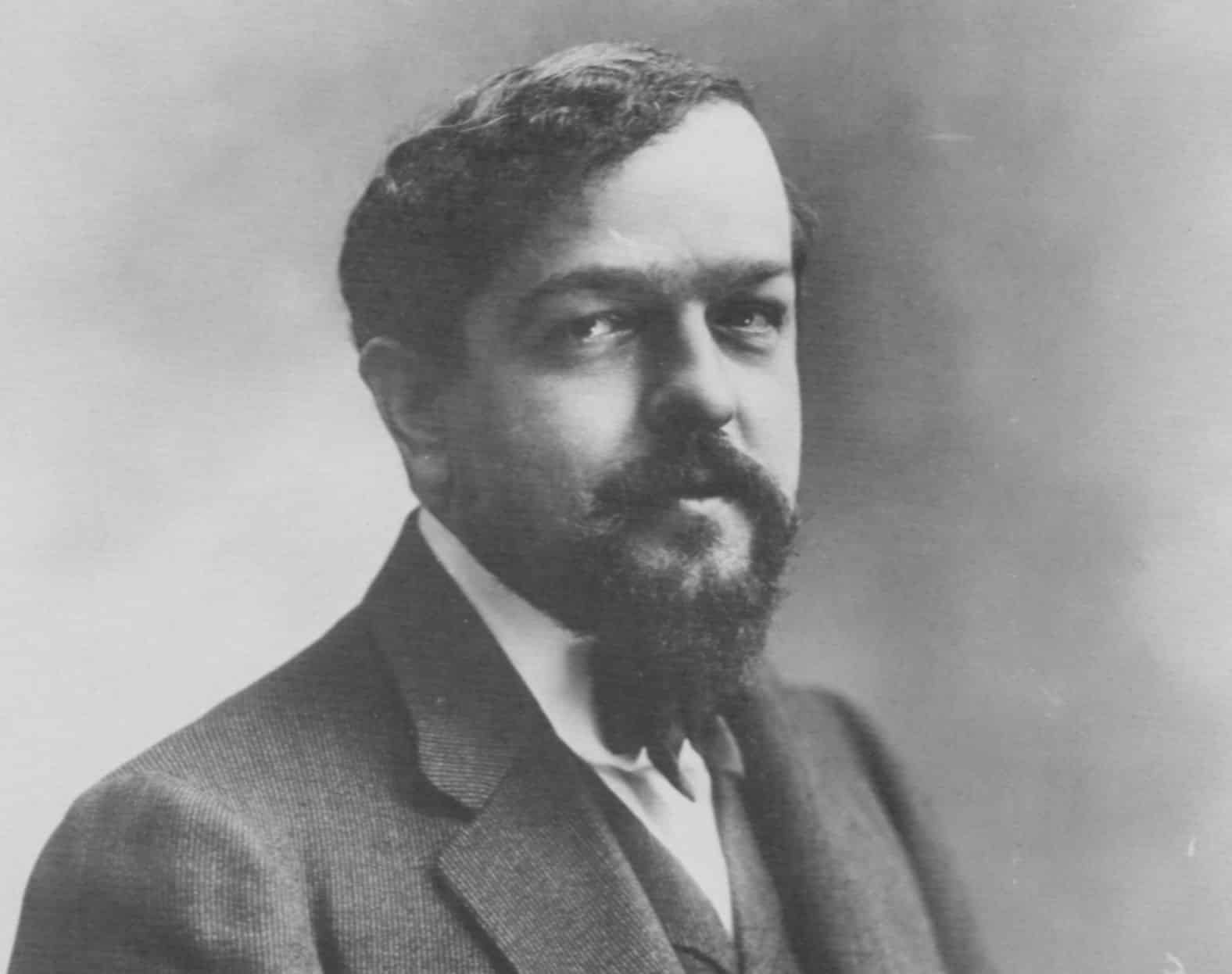Among the most enchanting and introspective pieces in the solo piano repertoire, Claude Debussy’s Rêverie stands out as a work of gentle beauty and dreamlike atmosphere. Composed in the early 1890s, it offers a glimpse into the artistic evolution of a composer who would soon revolutionize music with his unique impressionistic voice.
Early Composition and Context
Rêverie was composed around 1890, when Debussy was still in the process of discovering his musical identity. At the time, he was under the influence of Romantic composers such as Frédéric Chopin and Robert Schumann. While Rêverie is often associated with the Impressionist movement—a label Debussy himself disliked—it predates his mature Impressionistic style. Rather, the piece blends Romantic lyricism with hints of the harmonic innovation that would define his later work.
The French title Rêverie, meaning “daydream” or “reverie,” perfectly captures the spirit of the piece. It is not driven by dramatic tension or virtuosic display, but by a serene and reflective mood. The composition unfolds with a tender melody, delicate harmonies, and a calm, flowing rhythm that evokes a sense of quiet introspection.
Initial Reception and Debussy’s Ambivalence
Although Rêverie would later become one of Debussy’s most popular works, the composer himself held a dismissive view of it. He referred to it as “a work of no importance” and preferred that it not be included in collections of his more serious compositions. This attitude may stem from the fact that Rêverie was composed early in his career and did not fully reflect the innovative style he would later develop.
Despite his reservations, Rêverie was well-received by the public. Its accessibility, emotional warmth, and expressive simplicity made it a favorite among pianists and listeners alike. It remains a staple of the piano repertoire and is often used in film scores, commercials, and other media to convey a peaceful or nostalgic mood.
Musical Characteristics
Structurally, Rêverie is relatively simple, typically performed in just under five minutes. It is set in the key of F major and follows a loose ternary (ABA) form. The opening theme is built on gentle arpeggios and a floating melody, creating a dreamy ambiance from the first few notes. Debussy uses subtle shifts in harmony and dynamics to guide the listener through a delicate soundscape.
The piece features many of the hallmarks of Debussy’s style: modal harmony, unresolved dissonances, and an emphasis on tone color and atmosphere. While it lacks the harmonic daring of his later works like Clair de Lune or L’isle joyeuse, Rêverie already shows his instinct for mood and nuance.
Lasting Legacy
Over a century after its composition, Rêverie remains one of Debussy’s most beloved and frequently performed pieces. It is often recommended for intermediate pianists, not only for its technical approachability but also for the interpretive depth it offers. Pianists must focus on voicing, touch, and phrasing to truly bring out the emotional richness of the music.
Although Debussy may have regarded it as a youthful trifle, Rêverie continues to resonate with audiences for its gentle eloquence and timeless charm. It serves as both an introduction to Debussy’s musical world and a reminder of the power of simplicity and subtlety in artistic expression.


Comments are closed